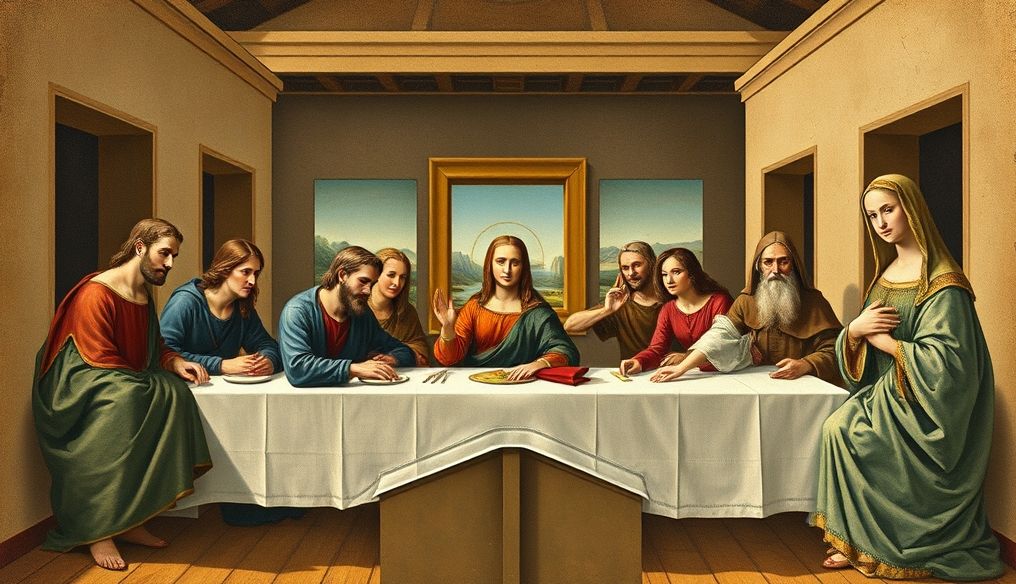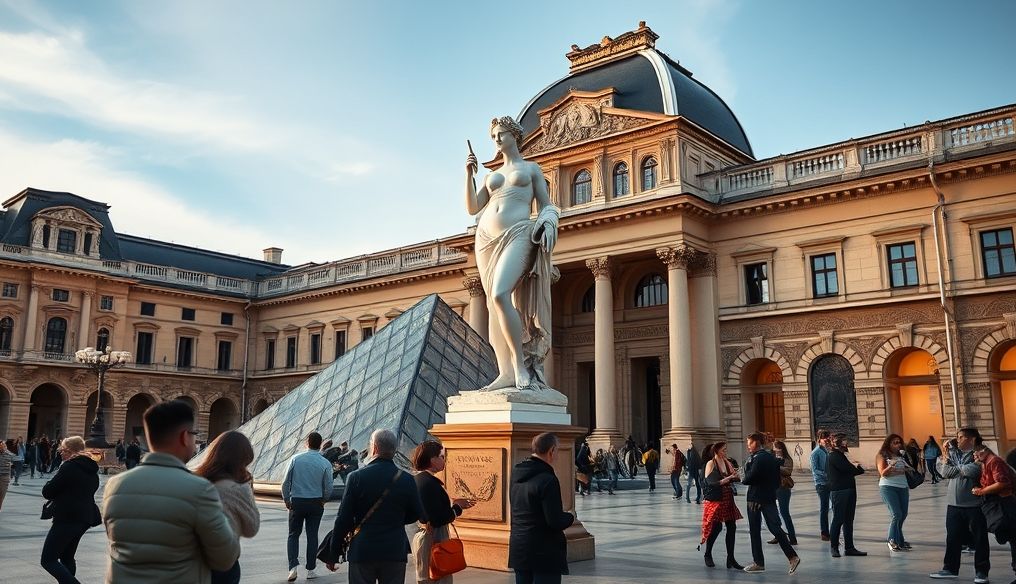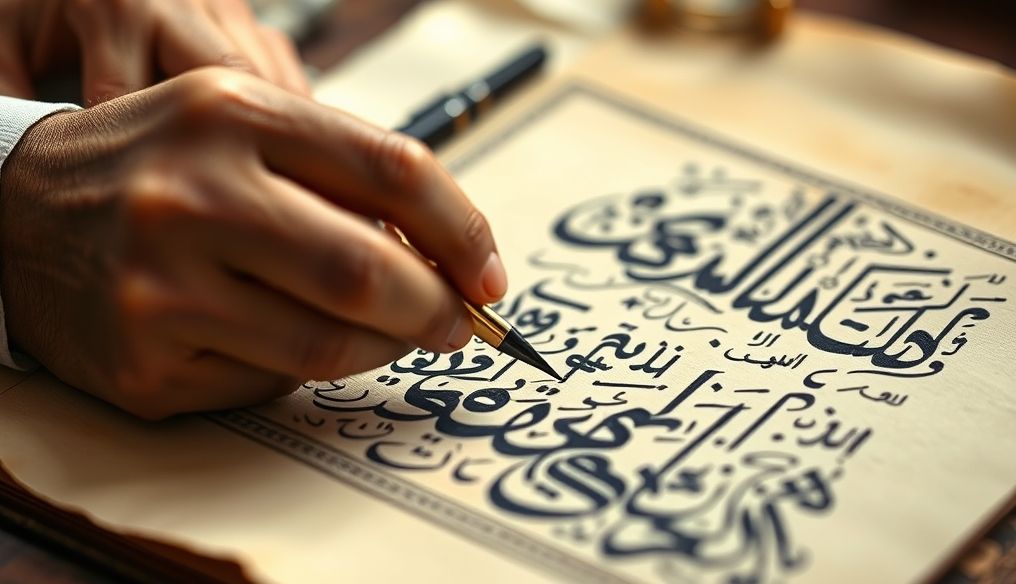What are Leonardo da Vinci's most famous paintings besides the Mona Lisa?
Leonardo da Vinci, a name that resonates through the halls of history as a symbol of creativity and genius, was not just a painter, but also a scientist, engineer, sculptor, and botanist. While his painting "Mona Lisa" holds a prominent place as the most famous work of art in the world, Da Vinci left us a rich and diverse artistic legacy that deserves exploration and appreciation. In this article, we will delve into Da Vinci's artistic world to discover his other famous paintings that are no less magnificent and ingenious than the Mona Lisa.
1. The Last Supper
The "Last Supper" is a timeless masterpiece, depicting the moment when Jesus Christ announced to his disciples that one of them would betray him. It was painted on the wall of the Santa Maria delle Grazie monastery in Milan between 1495 and 1498. The painting is characterized by its dramatic composition and profound expressions that depict the disciples' different reactions to the news of the betrayal. Despite its deteriorated state due to the experimental techniques used by Da Vinci, it is still considered one of the most important and famous paintings in art history.
Artistic Significance:
- Use of central perspective to create an illusion of depth.
- Accurate expression of emotions on the faces of the characters.
- Dramatic composition that focuses on Christ in the center.
2. Lady with an Ermine
The "Lady with an Ermine" is a portrait of Cecilia Gallerani, the mistress of Ludovico Sforza, Duke of Milan. It was painted around 1490. The painting is characterized by Cecilia's beauty and elegance, as well as the ermine she holds in her arms, which symbolizes purity and moderation. This painting is a wonderful example of Da Vinci's ability to capture the personality and elegance of his subject.
Painting Analysis:
- The Woman: Cecilia Gallerani, mistress of Ludovico Sforza.
- The Ermine: Symbolizes purity and moderation, and may be a reference to the Sforza family name.
- Technique: Use of light and shadow to create depth and realism.
3. Saint John the Baptist
The "Saint John the Baptist" is one of Da Vinci's last works, painted around 1513-1516. The painting depicts Saint John the Baptist smiling mysteriously, pointing his finger towards the sky. The painting is characterized by Da Vinci's distinctive style of using light and shadow (sfumato) to create an atmosphere of mystery and spirituality.
Elements of the Painting:
- Mysterious Smile: Raises questions about the personality of Saint John the Baptist.
- Pointing to the Sky: Symbolizes spiritual orientation and faith.
- Sfumato: Creates an atmosphere of mystery and spirituality.
4. Annunciation
The "Annunciation" depicts the moment when the angel Gabriel announced to the Virgin Mary that she would conceive Jesus Christ. It was painted around 1472-1475. The painting is characterized by its calm and beautiful composition, as well as the delicate details in the clothes and landscapes. This painting is one of Da Vinci's early works, and already shows his extraordinary talent.
Important Details:
- Angel Gabriel: Announces to the Virgin Mary about her pregnancy with Jesus.
- Virgin Mary: Receives the news with humility and reverence.
- Delicate Details: Appear in the clothes and landscapes.
5. Adoration of the Magi
The "Adoration of the Magi" is an unfinished work begun by Da Vinci in 1481. The painting depicts the moment when the Magi arrived to worship the baby Jesus. Although unfinished, it clearly shows Da Vinci's genius in composition and expression. The painting is crowded with characters and movement, reflecting Da Vinci's attention to anatomical and psychological details.
Why was it not completed?
Da Vinci left Florence for Milan in 1482, leaving the painting unfinished.
6. Salvator Mundi
The "Salvator Mundi" (Savior of the World) is one of the most controversial paintings in art history. The painting depicts Jesus Christ holding a glass orb. It is believed to have been painted around 1500. The painting was sold in 2017 for a record $450.3 million, making it the most expensive painting in the world. However, there is still debate about whether the painting is original by Da Vinci or not.
Controversy over Authenticity:
There is disagreement among experts as to whether the painting is original by Da Vinci or not, with some believing it to be the work of one of his students.
7. Virgin of the Rocks
There are two versions of the "Virgin of the Rocks," one in the Louvre Museum in Paris and the other in the National Gallery in London. The painting depicts the Virgin Mary, the baby Jesus, Saint John the Baptist, and the angel Uriel in a rocky cave. The painting is characterized by Da Vinci's distinctive style of using light and shadow to create an atmosphere of mystery and beauty.
The Two Versions:
- Louvre Version: Considered the oldest and most authentic.
- National Gallery Version: Contains some minor differences.
8. Ginevra de' Benci
The "Ginevra de' Benci" is a portrait of Ginevra de' Benci, a noble Florentine woman. It was painted around 1474-1478. The painting is characterized by Ginevra's beauty and elegance, as well as the beautiful natural background. This painting is a wonderful example of Da Vinci's ability to capture the personality and elegance of his subject in his youth.
Features of the Painting:
- Natural Background: Adds an atmosphere of calm and beauty to the painting.
- Ginevra's Beauty: Appears in her features and expressions.
- Elegance: Appears in her clothes and hairstyle.
9. La Belle Ferronnière
The "La Belle Ferronnière" depicts an unknown woman, believed by some to be Lucrezia Crivelli, the mistress of Ludovico Sforza. It was painted around 1490-1496. The painting is characterized by the woman's beauty and steadfast gaze, as well as the delicate details in her clothes and jewelry. This painting is a wonderful example of Da Vinci's ability to capture the personality and elegance of his subject.
Mystery of Identity:
The identity of the woman in the painting remains uncertain, adding to the painting's allure.
Conclusion
Leonardo da Vinci was not just the painter of the Mona Lisa, but a multi-talented artist who left us a rich and diverse artistic legacy. By exploring his other paintings, we can fully appreciate Da Vinci's genius and his immense contributions to art history. Paintings such as "The Last Supper," "Lady with an Ermine," and "Saint John the Baptist" are not just works of art, but windows into the mind of a genius and the heart of an artist.
Sources:
- Da Vinci, Leonardo. (n.d.). In Wikipedia. Retrieved from [https://en.wikipedia.org/wiki/Leonardo_da_Vinci](https://en.wikipedia.org/wiki/Leonardo_da_Vinci)
- Leonardo da Vinci. (n.d.). In The National Gallery. Retrieved from [https://www.nationalgallery.org.uk/artists/leonardo-da-vinci](https://www.nationalgallery.org.uk/artists/leonardo-da-vinci)




